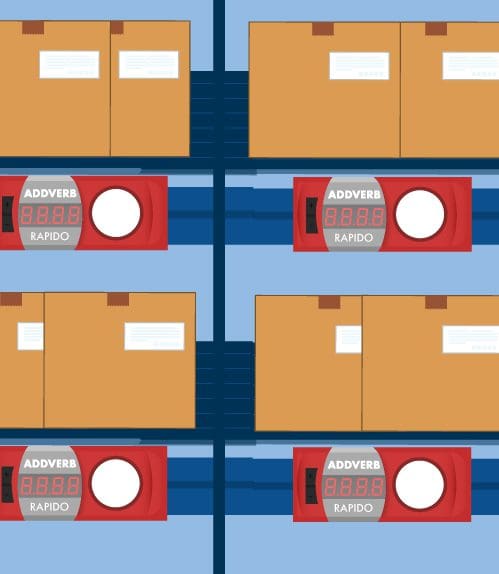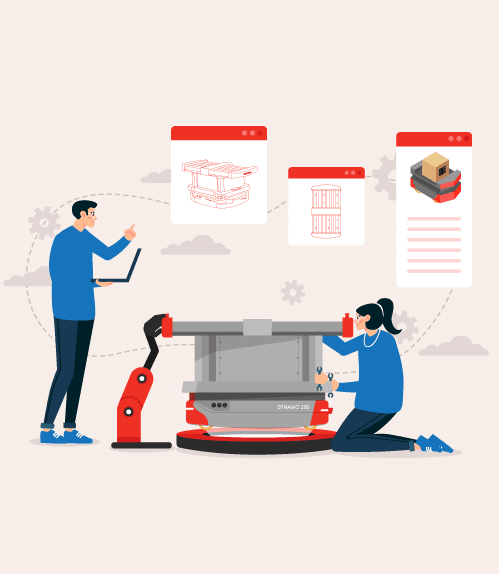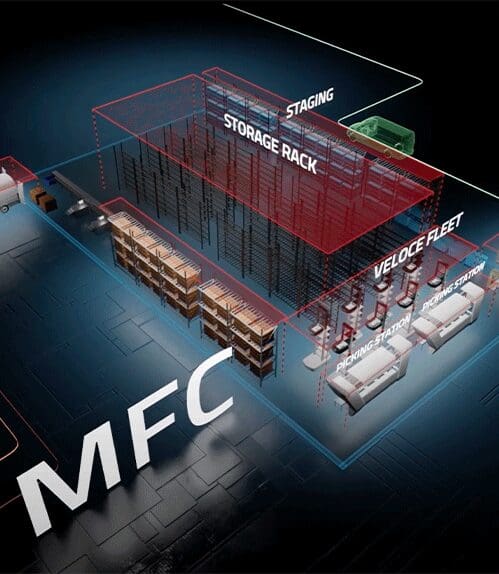“Helicopter Money”, was coined by Milton Friedman in 1969 to explain the effect of monetary policy on inflation. Today, we are practically seeing helicopter money in front of our eyes as US Fed has pumped in trillions of dollars to combat the economic crisis caused due to the covid-19 pandemic. Other countries also seem to follow the suit. While printing currency and distributing to the people seems like an obvious and quick fix solution to tackle the crisis, the way this pandemic has emanated doesn’t guarantee any certainty. Though the virus is not very lethal, the recovery time is anywhere between 12-28 days depending on the severity of the case. This has led to the overwhelming of healthcare facilities even in some of the most developed countries with the best healthcare systems. Gradually, almost all the countries implemented a complete lockdown to flatten the curve and subsequently break the transmission chain of the virus. India also implemented a lockdown on 25th March 2020 which got extended till 3rd May 2020 and a decision to lift the lockdown is yet to be taken by the central government.
Though many expected a fiscal stimulus from the government, to bolster the staggering economy, the government has kept a close watch and has still not disclosed its post-lockdown revival strategy. Though throwing money from the helicopters could be an option, like in other countries, but it might not help the economy in the long run, especially given Covid-19 is here to stay for a time more than we expected. I firmly believe that printing money is not going to solve a problem that has stemmed from a virus that is forcing people to stay indoors. This is a good opportunity for India to put an innovative plan in place and reboot the economy for benefit of all with the following steps:
1) A Wage for Living
This lockdown has for the first time brought the plight of the migrant labor in the living room of India. With heart wrenching videos and photographs of people walking back to their homes with their kids and many unfortunate incidences of people passing away due to resulting exertions have shown the mirror to the Indian society. These migrant labors who have built the metro cities of India, have not been able to find a room for themselves in the same cities. The minimum wage in India starts from around 5000-6000 rupees a month and varies from state to state, it is high time that the government lives by the definition of the living wage which implies a wage which can help a family to pursue education for their kids, healthcare and insurance apart from the basic necessities of food, water and shelter. It will really take care of the people at the bottom of the pyramid and inject much required liquidity if the minimum wage ceiling is raised to rupees 21,000 per month as mentioned by the 7th Pay Commission. Doing this will also ensure that money flows through legally through industries and will reduce the instances of leakages. It is time we respect the hands that have built this nation, in the short term this might be a little painful as industries are reeling under losses, but it will have a positive ripple effect going ahead.
2) Invoke Gandhian Ideas
Gandhi Ji always advocated the idea of villages being self-sufficient. The Covid-19 pandemic, will stoke the flames of de-globalization and also till a vaccine or some sure shot medicine is found (could be herd immunity as well) the global markets are not going to function as they used to in pre-covid times. We have already seen US canceling immigration applications for the next two months. Also, with the outbreak happening in different parts of the globe, it will be wise to create alternatives and re-look at the global and spread out supply chains. Thankfully, India can self-sustain by producing and consuming the in-house goods due to its size and population. Based on the news and cases, it is safe to assume that rural India has been untouched by the Covid-19 pandemic till now. This is the time we start making village clusters self-sufficient by decentralizing small and medium size industries in the hinterland of India. The migrant labors have gone back to their native places and those who are stuck would like to go back to their native places. Equipped with this labor, high end technology and cheap capital made available by banks, the village clusters can house industries which can become the new engines of economy to take the country forward in a world post covid. India of today is vastly different from India of 30-40 years back as today road infrastructure, railway, internet and electricity has penetrated in many parts of the country. These industries will help in import substitution, push Make-In-India and can also be integrated with ‘Skill India’ to develop highly skilled workforce. With such industrial clusters the pressure on supply chain will also reduce and in times of lockdown or an outbreak, we will be able to self-sustain and will be able to generate high quality jobs in Rural India.
3) Robotics Push
We have always heard from different corners about the infrastructure push that is required in India. Though we need not advocate to remove the focus from infrastructure, but we need to be more forward looking if we are to revive the economy from the impact of Covid-19. Whenever we open our economy and let the factories and warehouses run, it cannot continue in its old form as people will have to maintain adequate social distancing. This will constraint the capacity utilization and will bring it down by 30-40%, coupled with other measures like sanitization etc. will impact the margins of the companies. We have also seen that it makes tremendous sense to reduce the number of touches and contact for products in the light of Covid-19. This is where Robotics and Automation can play a big role by helping industries operate their manufacturing facilities and warehouses at 100% capacity and fulfilling the demand without affecting the margins and productivity. Also, Robots can help in contact less deliveries in hospitals, helping the medical staff from unwanted exposures. May it be for surveillance or sending critical material through last mile delivery, or aiding material movement in hotels, airports or railway stations, Robots will aid humankind in this war against the virus and India should grab this opportunity with both hands. Incentivizing such investments in Robotics by including them in Priority Sector Lending or by providing tax benefits and exemption will help in quick adoption and not only make our supply chain exceptionally reliable and resilient to such shocks but also will generate high quality employment. Just like the Department of Atomic Energy, a separate department for Robotics should be made and kept directly under the Prime Minister Of India.
4) Utilize the Land Bank
With Dharavi becoming a hotspot for the outbreak in Mumbai, it has created a compelling case for decongesting our metro cities and providing affordable houses to the labors. The Public Sector Undertakings are sitting on huge stockpiles of land, with a renewed vigor, these land parcels should be quickly utilized for building affordable houses for Below Poverty Line families and provide them a good standard of living with all basic amenities. This can be done by the government itself or can be done in partnership with private firms. A clear and transparent process will ensure unnecessary delays in the form of injunctions and court cases are avoided. This will boost the infrastructure related sectors in the country. Also, since the traffic and other interruptions are low, the ongoing infrastructure projects like metro, railways, highways should be pushed hard by maintaining the social distancing and safe work norms. It will help us complete these critical projects earlier and save us critical opportunity costs and interest costs on capital.
5) Short Term Financial Balm
While the government has asked the industries to not lay off people, it is becoming increasingly difficult for industries to manage the payroll cost. While it is important to help the industries, it is also imperative to not let unscrupulous managements get away with bad decisions under the garb of Covid. More than 6.5 Lakh people have dug into their PF savings to compensate for the income loss due to Covid-19 lockdown. It would be wise to revisit the PF benefit provided by the government to industries announced on 26th March by covering the employer and employee contribution for all industries irrespective of size of the industry for all employees having taxable income up to 10 Lakhs for next three months. The ESIC contributions for next three months can also be borne by the government. This will help the organizations in reducing their payroll costs. Industries can be provided help in the form of deferment of taxes, electricity dues, lease and rentals for three months. Duration can be changed for specific industries depending on the impact from Covid-19. These incentives should be linked with the caveat to not reduce the employment during the pandemic. Industries can also discuss with employees and focus on taking pay-cuts rather than doing layoffs. Highly leveraged companies will still face liquidity problems and some companies will still fall short of their runway, short term interest free credit line can be granted to such companies through banks to cover their payroll and some fixed cost, provided they do not do mass lay-offs.
Covid-19 has brought the glaring gaps in our healthcare system to the forefront. Needless to say, we must improve the basic healthcare facilities at our government hospitals across the country. This should not be looked at in the terms of economic profit or loss as our Prime Minister has said, “Jaan hai toh Jahaan hai”. We have come out of earlier crises and I am sure we will overcome this crisis as well in time. The economy will restart with a button and a simple push. It will for sure take a lot of effort and perseverance to bring it back on its feet. But one thing I am sure, sooner or later all will be well, and the human spirit will overcome this challenge as well.








